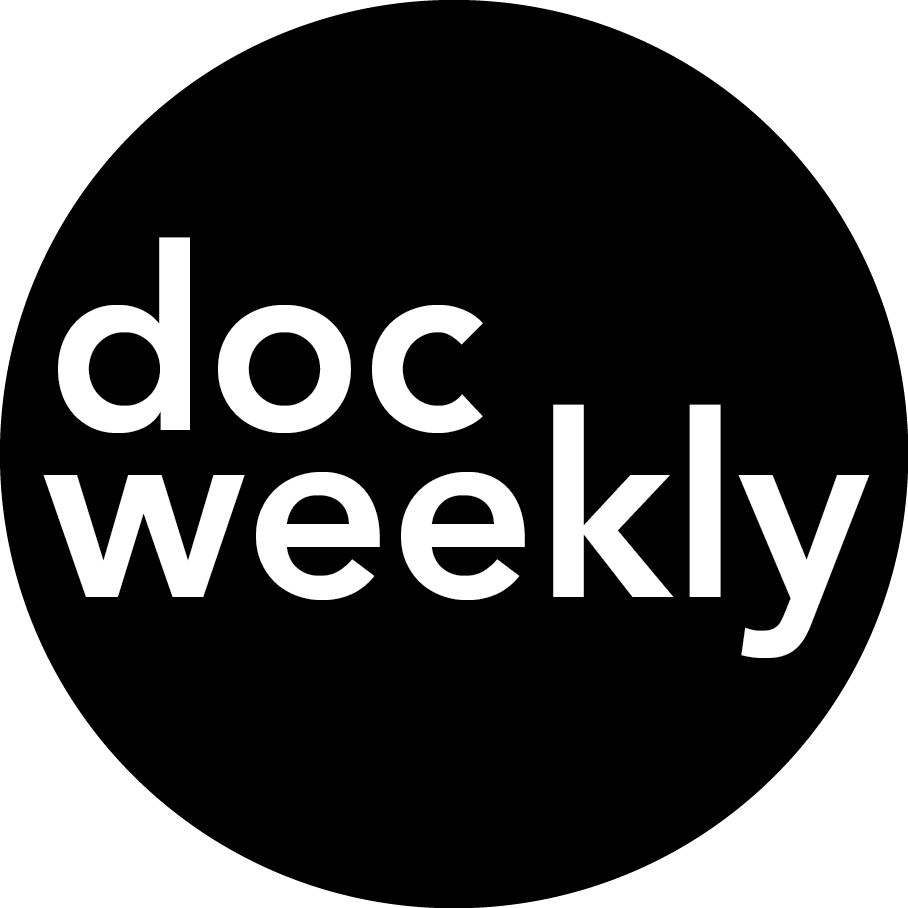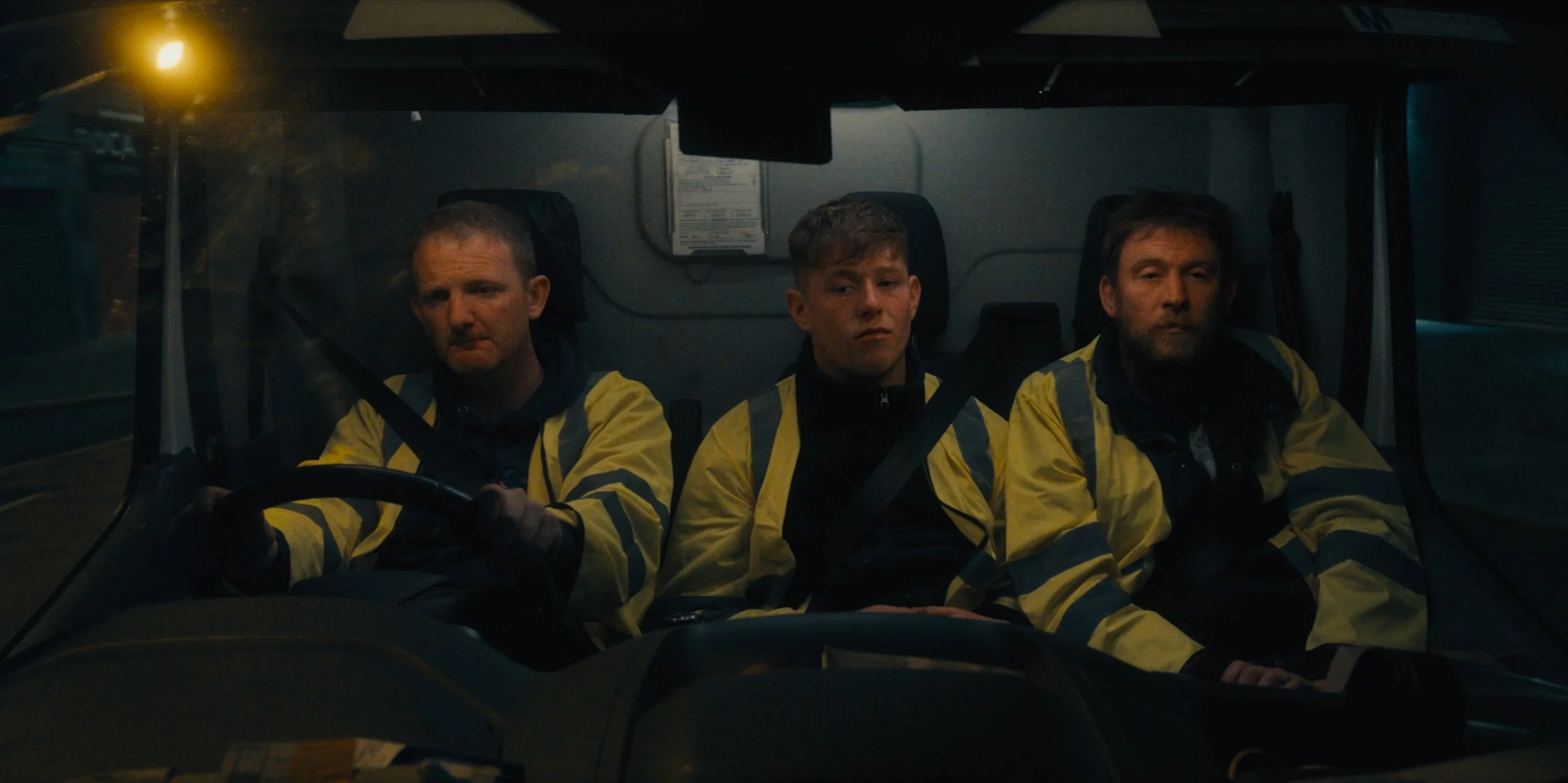Meet the husband and wife director-duo redefining the maligned Pahokee, Florida through cinema
Doc Weekly is proud to share an exclusive first look at the trailer for Pahokee (2019), the much-anticipated upcoming feature release from husband and wife co-directing duo Ivete Lucas and Patrick Bresnan, released today in cinemas in France.
The titular small town in the Florida Everglades lays the scene for the directors’ debut feature and previous three shorts: The Send Off (2016), The Rabbit Hunt (2017) and Skip Day (2018). These films are a welcome antidote to the social and racial stereotypes that dominate media coverage of the area, dubbed by some as “the worst town in Florida”.
Pahokee is a direct follow-up to the critically-acclaimed Skip Day, which was commissioned by The Guardian and took home the Illy prize for best short film at the Cannes Film Festival's Directors’ Fortnight earlier this year. Cinephiles and documentarians alike have been looking forward to what the directors might do with a longer film form.
Following a debut in competition at Sundance, Amanda Barbour sat down with Lucas and Bresnan.
What drew you to this town, and these people?
Ivete Lucas: Patrick has a degree in sustainable architecture, so he initially went there to look at sustainable housing and volunteered with building programs and things like that. He’s also a photographer and as he started making friends, he started to be invited to photograph community events. Things like baptisms and prom. Initially, it was about making friends and understanding the place in a way that the coastal community was not.
Pahokee is in the Eastern, inland part of the county and didn’t have the best reputation. Nobody really goes there, they just talk about it as a dangerous place. We knew that they were stereotyping and that they were wrong.
The Send-Off (2016) was in many ways a response to what was happening in the media. Trayvon Martin had been shot and he was just a young kid, like the kids in our film. He was just walking, in a white community.
Patrick Bresnan: Young kids of colour, especially in Florida where the communities are gated, are immediately seen as other when they go into more affluent areas. We needed to make a film that showed that we’re all in this country together.
IL: These kids and these schools are everywhere. In Pahokee, it’s a very unique place but it’s also an-every place in terms of little rural communities of colour. Even in bigger cities, there are still schools that are very segregated. It’s not legal anymore, but there’s an economic segregation that also works as a racial segregation.
That binary between whiteness and people of colour can be fluid. Latin Americans frequently identify as white, then acquire person of colour status if they migrate and are not “as white” as their Caucasian counterparts. Ivete, since you’re born in Brazil, raised in Mexico then moved to the US, is this something you have experienced ?
IL: There is an ambiguity to what I am. When I was in Latin America, I always considered myself fair skinned, but I don’t know if I ever thought about whiteness in that way. Sometimes I’m treated like I’m not Latina enough, which does offend me. I would say that I’m caught in between.
It’s difficult, because in the landscape of documentary in the US right now, there is a lot of emphasis on who tells the stories. I get frustrated when people say this film is made by white people, and I’m not. I’m a Latin American woman. A Mexican immigrant is one of our main protagonists. I’m a very complex human, and you can’t just label me like that.
Then the fact that I co-directed this with a white guy, for some people that just erases my complexity, which is misogynist. There’s this assumption that if there’s a man directing, he has the bigger say.
It happens all the time that we’re in a situation and everyone starts talking to Patrick like he’s the director and nobody will speak to me. It’s really weird.
Do you think that Pahokee is an artistic or an educational film?
PB: Our film is cinema.
IL: We would never call it an educational film.
PB: We spent a lot of time in graduate school researching direct cinema, anthropological cinema, communication… How we could create new learning that isn’t partisan.
IL: When we say “educational film” I think of the didactic film, which is not at all what we are trying to do here. We’re trying to provide an experience, that yes, people will learn from.
But one of the things that I very consciously brought to the work was to make the film very sensory. We want to make a film that is not just an observation, but a very intimate and intense experience for the audience that reflects our relationships with the people because our films are a product of those relationships. We capture everything that we can, then we let what unfolded in that place become the story and we are the audiences guides through that experience.
But we hope people will learn something. We hope that their brains will be working, but I think people’s brains work harder when they’re living through something as opposed to when they’re told how to perceive or think about something.
Your film shows a shooting without much information or context given in regards to why that happened. Why did you choose to show it in this way?
IL: We wanted to place it the way that it happens, and in Pahokee it’s a very common occurrence. People’s existence includes things like that happening around them. If audiences aren’t accustomed to seeing things like that, they have a lot of questions and want it to be resolved.
The reality of existing in Pahokee, and places like it, is that it’s often not resolved. The police never found the shooter.
We made the choice of making the shooting a quotidian, everyday thing. That’s, unfortunately, how it’s experienced. It was just another shooting that happened in Pahokee and this is what dominates media coverage of the area, in a very sensationalist kind of way. It doesn’t look at the experience of families and the impact that this has on them.
Do you see this aesthetic of being with the families on the ground, ducking your heads for cover, as a counter balance to that Fox News approach to reporting crime?
IL: Totally. I’m from a part of Mexico where we had a horrible, horrible time with the drug cartels. I experienced the way that that stuff is covered in the media, and I still have trauma from it. It’s always this journalistic, “lets figure this out” approach. But you’re really not figuring it out if you ignore the suffering of everyday people, what this is doing to a place and a community. The way that it feels.
Now that I’m a filmmaker, I needed to put the audience there. Have them experience it with the families, with the people and with us. We made the decision to not explain what happened. Just to say that there was a shooting. Outside the US, that may be too startling.
It’s jarring to watch, and a jarring thing to experience. When we talk about kids leaving that space, the language people use tends to imply a hierarchy. Words like “transcendental” or “progression.” How would you define that journey?
IL: The desire to do better than the circumstances that you were born in is universal. I don’t think wanting to do better than my parents, or wanting to transcend the circumstances that I was given is offensive. This is exactly what we wanted to observe, because these kids honestly want to do better and there are a variety of ways that they think could lead to that.
It’s humbling to see, the strength in people and how each person goes about this journey in their own way. How the whole community comes together, because they know that their kids could maybe not have the hardships that they had. Farm work is a very hard job, but sugar cane particularly, for nine months they work seven days a week. They have one day off every three weeks.
I would hope for a world where children can do better than their parents, while still respecting their labour. In the film, we wanted to both respect and feel proud of the dignity of the working people and the culture that they make. While also celebrating the journey of a generation that’s trying to do better, which I think every generation wants to do.
Is the feature length film the final chapter in this leg of your filmmaking career? Or do you think there’s still more room to explore rural America?
IL: It’s the last part of the Pahokee chapter. We did a lot there already, but next year we’re going to be teaching a video class in Pahokee. We’re hoping that what we did there will spread seeds and people who have now had this experience with film, they can do whatever they want with it.
They can make their own films about the community.
IL: Any film that they want, or music videos. We want to leave a positive footprint. I think it’s important to think of ourselves as people first and filmmakers second.
Husband and wife director-duo Patrick Bresnan and Ivete Lucas.











